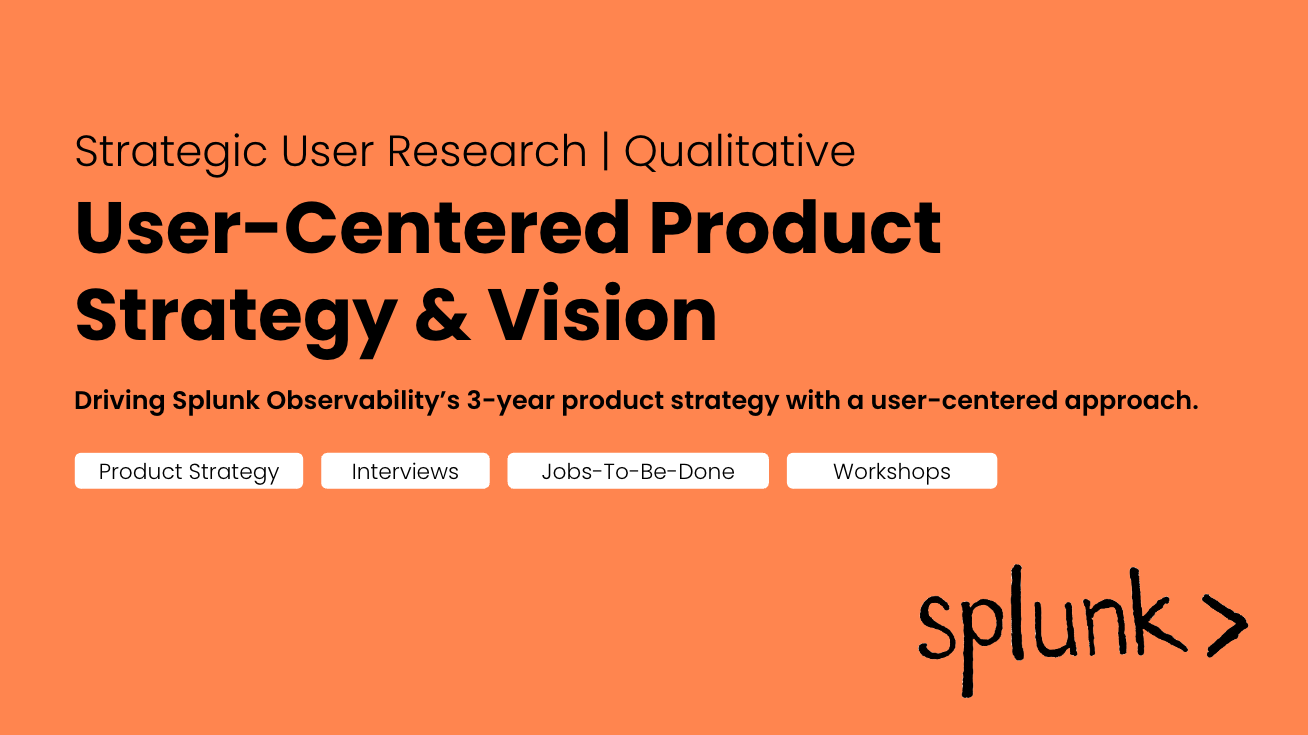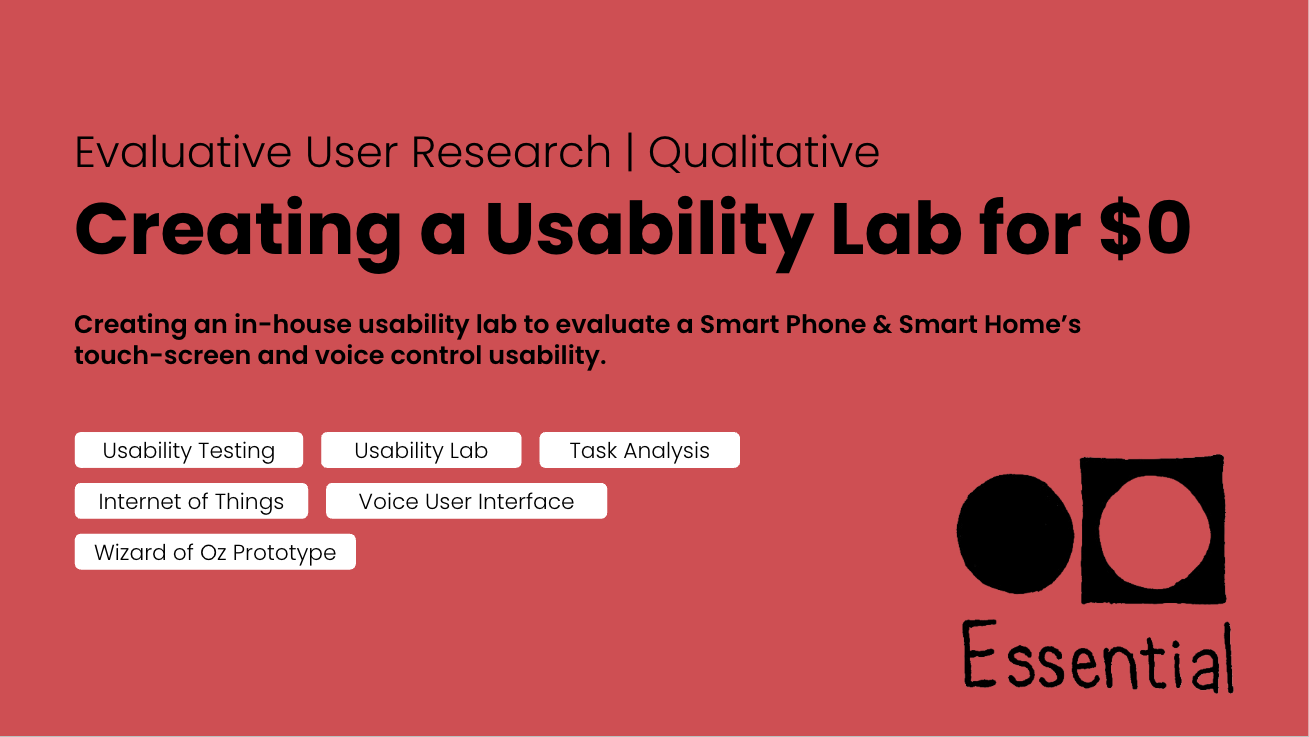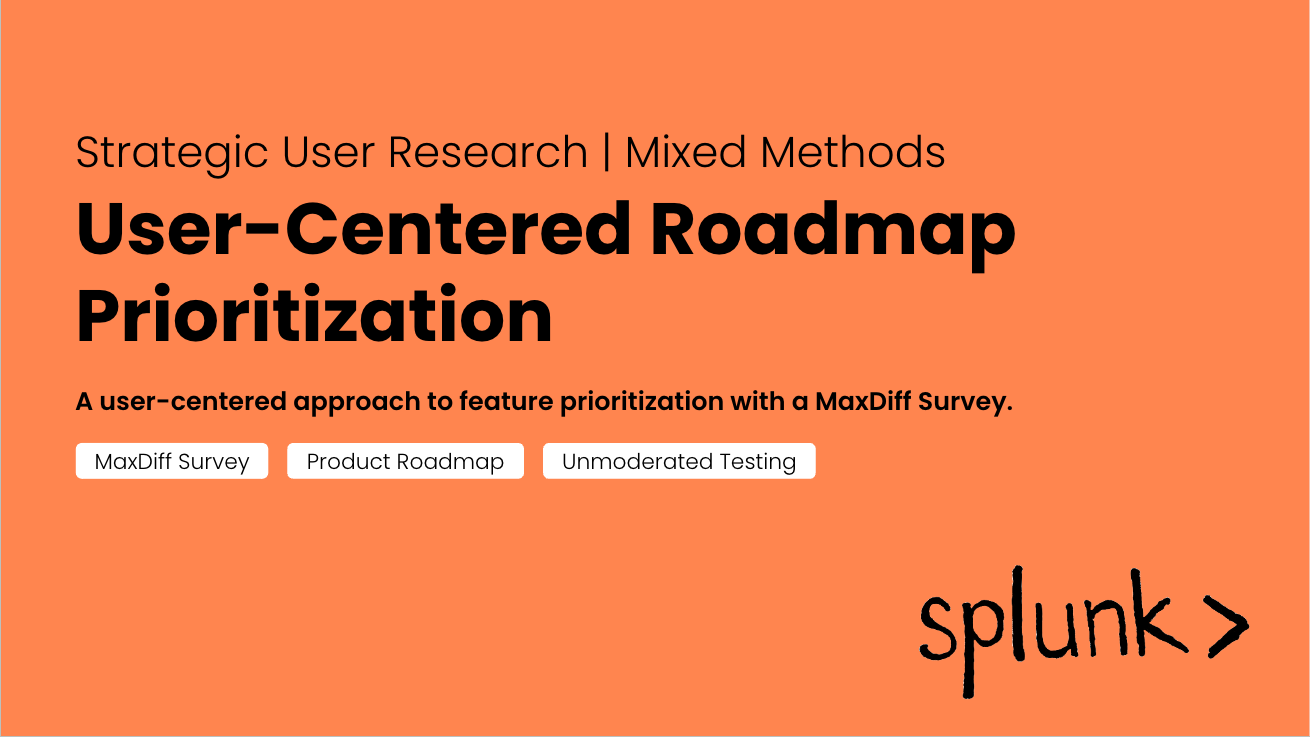user research & product strategy
nathan
young
I help teams engage with users early and often in the product design process to learn about users, identify opportunities, mitigate risk, & increase confidence in product decisions.
I have 8 years of experience: 6 for B2B SaaS and B2C hardware/software companies located in Silicon Valley, and 2 years of agency work in Dubai & the GCC. My experience spans from creating a usability lab for $0 at a smartphone startup to leading strategic foundational research at a large SaaS company to shaping the visitor strategy for a new national park in Saudi Arabia.
My favorite part of building products is learning about the people who use it.




